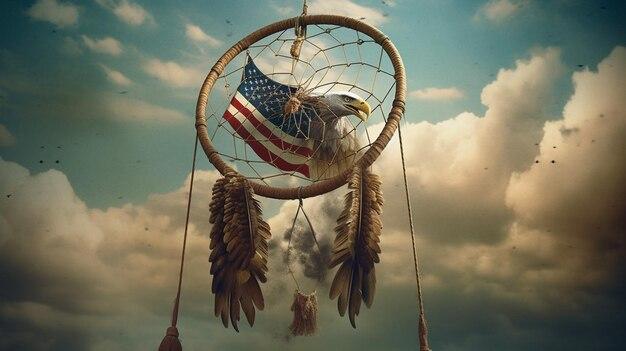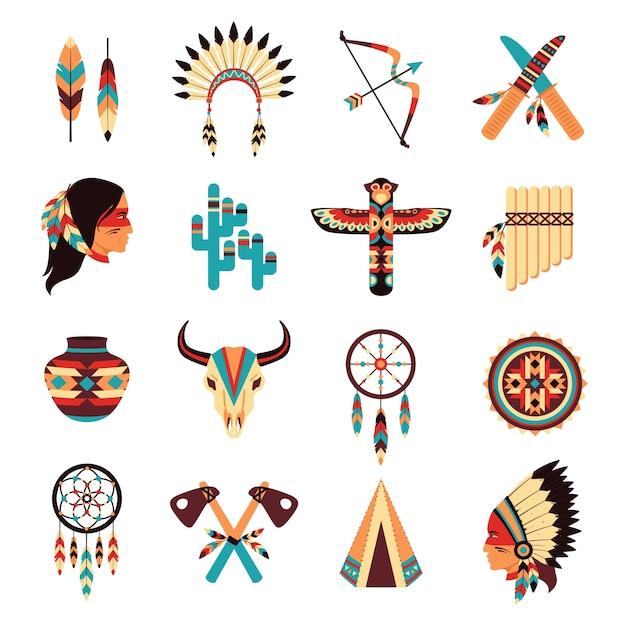Welcome to my blog post where we dive into the literary masterpiece that is “The Great Gatsby” by F. Scott Fitzgerald. Published in 1925, this novel continues to captivate readers with its portrayal of the glamorous and decadent Jazz Age in America. But amidst the parties, wealth, and romance lies a deeper examination of the elusive concept known as the American Dream.
In this post, we will explore the various symbols that Fitzgerald employs to represent the American Dream in “The Great Gatsby.” From the enigmatic character of Daisy Buchanan to the corruptive influence of Jay Gatsby himself, we will analyze how these elements shape our understanding of this elusive dream. So, grab a cup of coffee and join me as we delve into the hidden layers of this iconic novel.
Note: This blog post will address questions such as “Does Daisy actually love Tom?”, “What symbolizes the American Dream in The Great Gatsby?”, “How does Gatsby corrupt the American dream?”, and many more. By the end, you’ll have a fresh perspective on the complex web of relationships and symbolism that define this literary masterpiece.

What Symbolizes the American Dream in The Great Gatsby
American Dream: The Unattainable Mirage of Happiness
In F. Scott Fitzgerald’s classic novel, The Great Gatsby, the American Dream is a central theme that resonates throughout the story. However, as we delve deeper into the narrative, it becomes clear that this dream, often associated with boundless opportunities and success, is epitomized by the characters’ futile pursuit of an unattainable mirage of happiness. Let’s explore some of the symbols that Fitzgerald employs to represent the elusive nature of the American Dream.
The Green Light: A Hopeful Beacon or Illusory Promise
The iconic green light at the end of Daisy Buchanan’s dock is one of the most prominent symbols in the novel. Gatsby, the embodiment of the American Dream, gazes longingly toward this light, as if it holds the key to his happiness and fulfillment. However, the green light ultimately represents a false sense of hope, forever out of reach, much like the unattainable American Dream itself. Fitzgerald reminds us that the pursuit of this dream can often lead to disillusionment and disappointment.
The Valley of Ashes: The Dark Underbelly of the Dream
Located between the glitz and glamour of West Egg and the affluent East Egg, the desolate Valley of Ashes serves as a stark contrast to the opulence associated with the American Dream. This barren wasteland, with its soot-covered landscape and crumbling billboard of Dr. T.J. Eckleburg’s eyes, symbolizes the harsh reality faced by those who fail to achieve the dream. Fitzgerald poignantly depicts the consequences of pursuing the American Dream without moral integrity, reminding us that material wealth does not equate to genuine happiness.
The Eyes of Dr. T.J. Eckleburg: The Unseen Observer
Watching over the characters from his billboard in the Valley of Ashes, the haunting eyes of Dr. T.J. Eckleburg serve as a constant reminder that their actions are observed and judged. These eyes, representing the moral decay and corruption inherent in the pursuit of the American Dream, are an unsettling presence throughout the novel. They symbolize the loss of individuality and the moral emptiness that can arise when the desire for wealth and success becomes all-consuming.
The Weather: Storms on the Horizon
Fitzgerald skillfully uses weather to mirror the characters’ emotional states and convey the fragility of the American Dream. As storms brew and rage, the atmosphere becomes charged with tension and turmoil. This serves as a metaphor for the turmoil within the characters’ lives, reflecting the destructive consequences of their relentless pursuit of the American Dream. The ever-changing weather reinforces the idea that the dream is transient and that happiness and fulfillment cannot be sustained.
In conclusion, The Great Gatsby vividly portrays the American Dream as a seductive yet elusive concept. Through symbols such as the green light, the Valley of Ashes, the eyes of Dr. T.J. Eckleburg, and the ever-changing weather, Fitzgerald powerfully conveys the inherent challenges and drawbacks of pursuing this dream. Ultimately, he reminds us that true happiness and fulfillment cannot be found solely through material accumulation, but rather through genuine human connections and the pursuit of noble ideals.

FAQ: What symbolizes the American Dream in The Great Gatsby
In F. Scott Fitzgerald’s timeless novel, The Great Gatsby, the concept of the American Dream is explored through the lives of captivating characters and vivid symbolism. From extravagant parties to unrequited love, this literary masterpiece delves into the hopes, dreams, and realities of the Roaring Twenties. In this FAQ-style subsection, we’ll dive into some thought-provoking questions that shed light on the symbolism and themes surrounding the American Dream in The Great Gatsby.
Does Daisy actually love Tom
While Daisy is already married to Tom Buchanan when we meet her in the novel, the question of her true feelings lingers in the air like the scent of fresh magnolias. It is clear that Daisy is drawn to the opulence and social stature that Tom represents. However, whether her love for him is genuine or a product of societal pressures remains open to interpretation. You’ll have to read between the lines and use those well-honed detective skills to unravel the truth.
How is Daisy Buchanan selfish
Ah, Daisy Buchanan, the epitome of charm and grace, wrapped in a veil of selfishness. Throughout the novel, Daisy reveals her self-centered nature by seeking fulfillment in material possessions, societal acceptance, and her own desires, often disregarding the feelings and well-being of those around her. While she may seem ethereal and delicate, Daisy’s actions demonstrate her willingness to put her own happiness above all else.
What symbolism represents the American Dream in The Great Gatsby
In the shimmering world of The Great Gatsby, symbolism weaves its magical threads, emulating the elusive nature of the American Dream. The green light at the end of Daisy’s dock, representing Gatsby’s aspirations and longing, beckons like a beacon of hope. The East and West Egg, with their stark distinctions between old and new money, showcase the pursuit of wealth as the central tenet of the American Dream. Furthermore, the roaring twenties themselves embody the age of excess and promise, reflecting both the allure and downfall of the American Dream.
Does Daisy still love Gatsby
Ah, love, that fragile emotion that intertwines hearts and brings forth joy or despair. In the case of Daisy and Gatsby, their love story is a tragic tale of missed opportunities and unfulfilled dreams. While Daisy may have once loved Gatsby, the passage of time, social expectations, and the weight of her own choices distance her from him. Unfortunately, the flames of their once-burning love fizzle out, leaving only the echoes of what could have been.
Who does Daisy end up with
Oh, the tangled web of love triangles in The Great Gatsby! In the end, Daisy finds herself caught between the steadfast but unexciting Tom Buchanan and the enigmatic, larger-than-life persona of Jay Gatsby. Ultimately, duty and societal pressures lead Daisy back into the arms of Tom, leaving Gatsby with nothing but shattered dreams and unrequited love. Alas, love doesn’t always conquer all, my friend.
How does Gatsby corrupt the American Dream
Gatsby, that enigmatic figure whose extravagant parties and ostentatious displays mask a deeper yearning for love and success, serves as a cautionary example of how the pursuit of the American Dream can lead to corruption. In his single-minded quest to win Daisy back and achieve social status, he becomes entangled in a web of deceit, illegal activities, and moral compromises. Gatsby’s obsession turns the American Dream into a distorted and hollow reflection of its true potential.
How did Daisy die in The Great Gatsby
Ah, the tragic demise of Daisy…or did she meet her untimely end? Well, fear not, dear reader, for Daisy survives the events of The Great Gatsby unscathed. Though the novel is filled with heart-wrenching tragedies, Daisy manages to elude the grasp of death, leaving a glimmer of hope and redemption for the characters still caught in the grips of their own personal hells.
How does Daisy speak about her daughter
While Daisy may be regarded as a glamorous and captivating figure, her treatment of her own daughter speaks volumes about her priorities. Throughout The Great Gatsby, Daisy’s daughter, Pammy, is mentioned only briefly and in passing. Daisy’s lack of affectionate or emotional connection with her child underscores her self-centered nature and her preoccupation with her own desires and societal expectations.
What characters in The Great Gatsby represent the American Dream
In this tale of ambition and disillusionment, several characters carry the weight of the American Dream on their shoulders. Jay Gatsby, with his meteoric rise from poverty to unimaginable wealth, personifies the elusive pursuit of success and love that lies at the core of the American Dream. Tom and Daisy Buchanan, with their inherited wealth and privileged lifestyles, symbolize the decadence and emptiness that oftentimes accompany the so-called Dream.
As we bid adieu to the captivating world of The Great Gatsby and its intricate exploration of the American Dream, we’ve uncovered answers to some burning questions surrounding the characters, symbolism, and themes of this timeless novel. From Daisy’s mercurial love to Gatsby’s corrupted pursuit, Fitzgerald’s masterful storytelling keeps us entranced, forcing us to question our own hopes, dreams, and the price we’re willing to pay to achieve them. So, dear reader, let these questions guide you as you delve into the enigmatic depths of The Great Gatsby. Happy reading!
